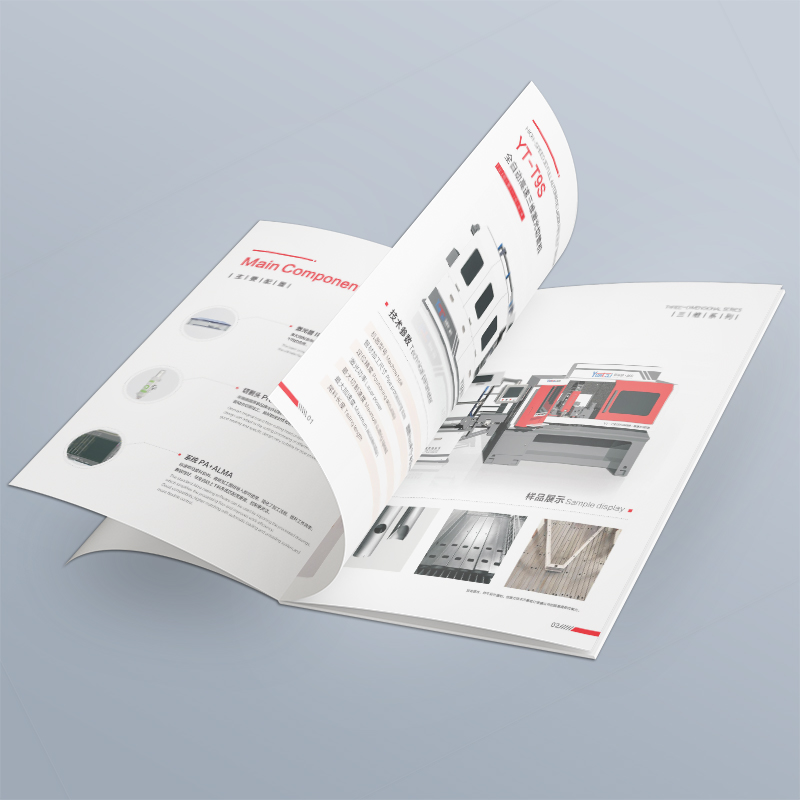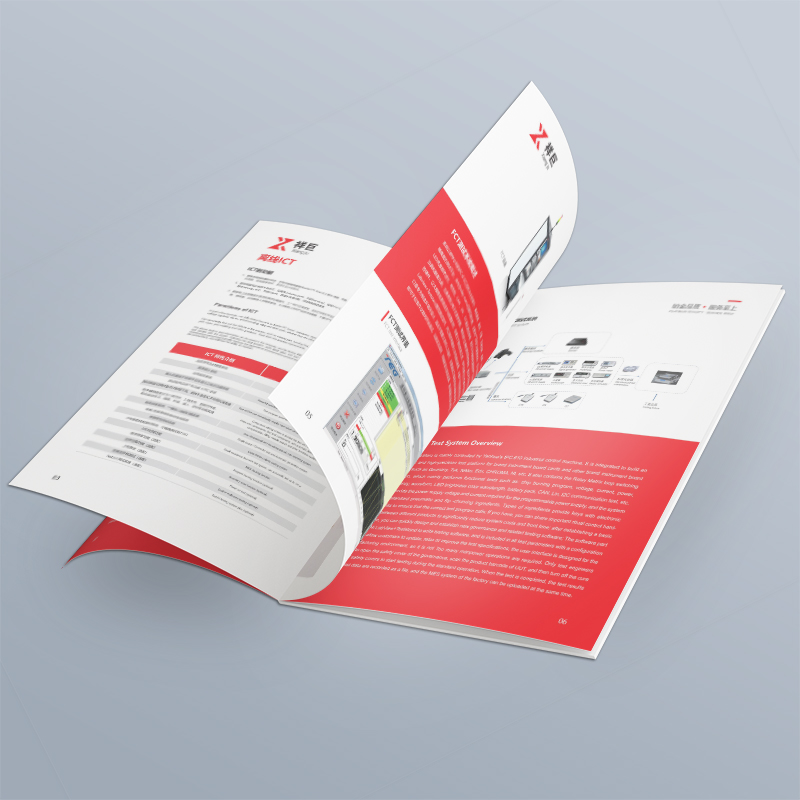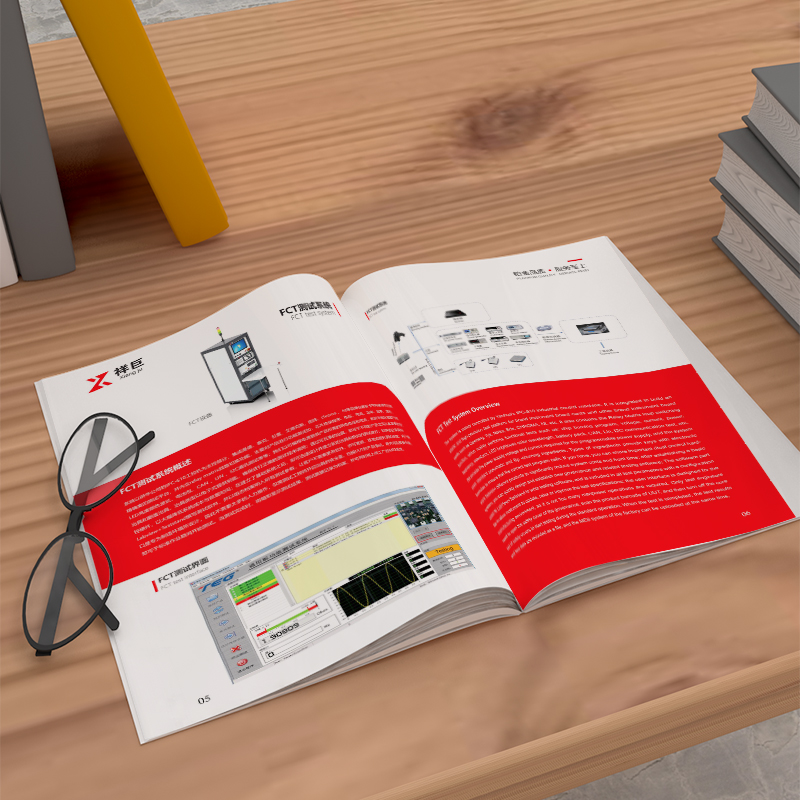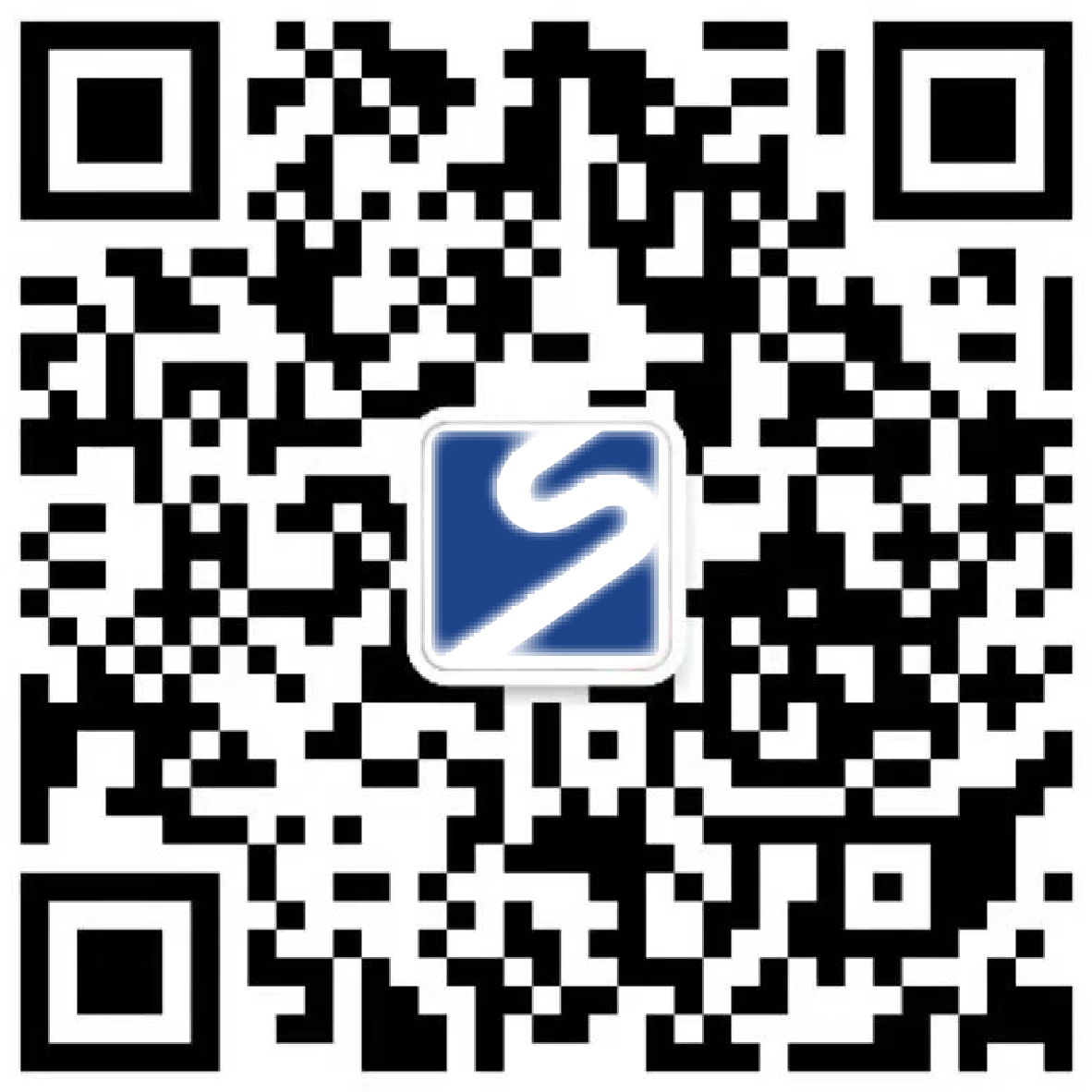Five-step color matching method for corporate brochures: accurately position brand vision and bid farewell to disorder and chaos!
In the design and production of enterprise brochures for many years, Xiaobian found a common appearance: many enterprises don't know much about their own color positioning. When Party A puts forward the key points of brochure design, it usually only provides a Logo, and has no clue about the color matching of the whole brochure, resulting in repeated design processes, and the final effect cannot reflect the true meaning of the brand. Color is the key to visual communication. Cluttered colors not only reduce the professionalism and beauty of the brochure, but also blur and degrade the corporate image. To solve this pain point, I compiled a more systematic set of five-step standards to help companies accurately locate the colors of brochures and improve their visual identity.
Step 1: Dig deeply into the soul and positioning of the enterprise-the foundation of color matching
The color of the brochure is by no means imaginary, and its roots are deeply rooted in the core DNA of the enterprise.
Enterprise VI is the cornerstone: the first task is to rigorously extract the standard colors in Enterprise VI. This is the core component of brand visual assets, ensuring that brochures maintain a highly consistent brand image with corporate websites, business cards, office environments and other carriers. Designers need to accurately obtain the color values of standard colors (such as Pantne color number, CMYK value, RGB value, HEX code).
Interpret the brand connotation: deeply understand the core values, cultural concepts, vision and mission of the enterprise. Is it a sense of technology and the future? Or stability and trust? Is it vitality and innovation? Or environmental protection and nature? Different brand tonality has a decisive influence on the choice of color. For example, technology companies may prefer blue and silver gray; Environmental protection companies commonly use green and earth tones; Financial enterprises tend to be dark blue, gold and gray, which reflects stability and reliability.
Analyze industry attributes: The characteristics of the industry itself are important reference dimensions. Different industries have their own conventional color tendencies (for example, blue, white and green in the medical industry represent cleanliness and professionalism; red, orange and yellow in the catering industry stimulate appetite; black, gold and white in the luxury industry symbolize high-end). It is necessary to consider not only the commonness of the industry, but also how to highlight the personality of the enterprise in the commonness.
Target Audience Portrait: Who is the brochure ultimately for? The age, gender, region, cultural background and aesthetic preference of target customers will all affect the acceptance and emotional resonance of color. The color scheme for young people is bound to be different from the scheme for mature business people.
The core of this step is to lay a solid and accurate brand foundation for brochure color matching through the cross-analysis of the four dimensions of VI standard color, brand core, industry characteristics and target audience.

Step 2: Insight into the battlefield-study the color strategies of competitors
Know yourself and the enemy, and you will win a hundred battles. On the color battlefield, researching competitors is critical.
Avoid the trap of homogenization: The primary purpose is to clearly understand the mainstream color use in the industry. If you find that the main competing products commonly use a certain color (such as blue is widely used in the technology industry), then directly adopting the same or similar color scheme will easily drown your brochure in the "blue ocean" and lose its recognition.
Looking for differentiated breakthroughs: In the process of analyzing the color matching of competing products, keenly look for market gaps or visual feelings that are not fully expressed. For example, if competing products commonly use cool tones, is exploring warm or neutral tones likely to be an effective means of differentiation? Or, while maintaining the differentiation of main colors, can unique memory points be formed on auxiliary colors or embellishment colors?
Provide reasonable suggestions: Based on competitive product analysis, designers should be able to put forward more strategic color suggestions to customers. It's not just "what color looks good", but "what color can stand out in the competitive environment and accurately convey our unique brand value". This kind of suggestion based on market insight is more convincing and commercially valuable.
The core of this step is to avoid similarities and discover opportunities through competitive product analysis, so as to provide a key basis for formulating color schemes with market differentiation.

Step 3: Define the role and emotion of color-build a logical color matching system
After clarifying the brand tone and market positioning, it is necessary to scientifically construct a logical system of color matching and give each color a clear role and mission.
Division of roles :
Main color: Usually derived from the standard color of the enterprise, it is the core representative color of the brand, occupying the largest area of the layout, and setting the overall tone and first impression.
Auxiliary color: used to support the main color, enrich the visual hierarchy and increase vitality. Usually, colors that are in harmony with the main color (complementary, adjacent or split complementary, etc.) are selected, and the number is generally 1-3.
Embellishment/accent color: Used to highlight key information (e.g. headlines, key data, buttons, icons), guide visual flow, or add visual interest. Usually, vivid colors with strong contrast with the main color/auxiliary color are selected, with the smallest use area but the most eye-catching effect.
Neutral colors: such as black, white, gray, off-white, light brown, etc. It is mainly used for large-area background and text typesetting, providing "breathing space", balancing the picture and improving readability, which is the key to ensuring a sense of professionalism and advancement.
Definition of emotion and function: Clarify the emotion carried by each color (especially the main color and auxiliary color) and the function it hopes to convey. For example, the main color blue represents "professionalism, trust and technology", the auxiliary color green represents "growth, environmental protection and health", and the emphasis color orange represents "vitality, innovation and call to action".
Combination scheme proposal: Based on the above analysis, the designer should construct 2-3 complete color schemes with different emphasis (including the specific color values and combination logic of main color, auxiliary color, embellishment color and neutral color). Each scheme should explain its design concept, emotional expression and applicable scenarios for customers to choose from. There should be obvious differences between schemes, reflecting different strategic directions (such as more stable vs more dynamic).
The core of this step is to upgrade color from perceptual selection to rational planning, and establish a color matching system with distinct levels, clear division of labor, clear logic and effective conveyance of brand emotions and functions.

Step 4: Rigorous landing test-verify color performance in different scenarios
Armchair color schemes are fragile. The brochure will eventually be presented in the hands of users in a physical form, and its material, process and lighting environment will significantly affect the actual look and feel of color. Therefore, application testing is a necessary link to ensure the perfect implementation of the solution.
Material suitability test: Select the type of paper planned for the brochure (coated paper, matte paper, special paper, etc.) for proofing. The ink absorption, whiteness and texture of different papers will greatly affect the saturation, brightness and texture of colors. For example, the same blue color may be bright and eye-catching on glossy coated paper, but calm and restrained on recycled paper with rough texture.
Printing color accuracy control :
CMYK Four Color Printing: This is the most commonly used printing method. Always perform four-color proofing and carefully proofread the difference between screen color (RGB) and print (CMYK). Focus on checking colors that are prone to deviation (such as bright orange, dark blue, purple, gradient effect).
Spot color (Pantne) printing: If enterprise standard colors or special colors (such as metallic colors, fluorescent colors) are used, and the color accuracy requirements are extremely high, spot color printing should be considered. It is necessary to check the matching degree of Pantne color card with the actual spot color ink print sample.
Special Process Impact Assessment: If the brochure plans to use UV (local glazing), bronzing/silver/colored gold, bumping, embossing, etc., testing must be performed :
Areas covered by UV varnish will be darker and brighter in color and create a glossy feel.
The bronzing process itself has a strong metallic color, which will visually interact with adjacent printed colors, and may enhance or interfere with the original color scheme effect.
The purpose of the test is to evaluate the coordination of the overall color matching, whether the key points are prominent, and whether unexpected negative effects (such as glare and color conflict) are produced after these processes are superimposed.
Lighting environment simulation: Consider the environment in which the brochure may be read (bright office, exhibition hall lighting, natural light), observe the color performance under different light sources to ensure that the key information is clearly identifiable in different environments, and the brand color remains relatively stable.
The core of this step is to expose and solve possible deviations and problems in the physical world of the color scheme by simulating real production and use conditions, so as to ensure that the final color effect of the finished product is highly consistent with the design expectation.

Step 5: Cure results-develop and deliver perfect color usage specifications
After the current four-step work results (the final color scheme) are recognized by the enterprise, they must be standardized and written to form an executable specification, which is the key to ensuring the visual consistency of the brand and avoiding the confusion of later execution.
Precisely define color values: clearly record all necessary color values for all colors :
Printing standard: Pantne color number (spot color), CMYK percentage value (four colors).
Screen display standard: RGB value, HEX hexadecimal code (for websites, electronic PDF, etc.).
Accessibility: Provides electronic swatch files containing all colors.
Prepare a detailed Brochure Color Application Specification Instruction: This document should contain :
Color system overview: Displays main colors, auxiliary colors, embellishment colors, neutral colors and their standard color values.
Color Role Definition: Reiterate the purpose, function and emotional symbol of each color.
Color usage rules :
Examples of application scenarios for main colors, auxiliary colors, embellishment colors, and neutral colors (such as cover, inner chapter pages, title, text, charts, icons, backgrounds, etc.).
Suggestions or area references for each color.
Examples and taboos for color combinations and matching.
Specification for the use of text colors on different background colors (especially neutral colors) (to ensure readability).
Things to note when matching with elements such as logos, pictures, charts, etc.
Special process application guide: clarify which color areas are suitable for UV, bronzing and other processes, and explain the influence of the process on color (refer to the test results in step 4).
Examples of wrong usage: Clearly list common wrong color matching methods and warn to avoid them.
Delivery and training: Formally deliver the specification document (electronic version, printed version if necessary) to the enterprise marketing department, brand department or relevant docking personnel, and give a brief explanation to ensure that they understand the importance of the specification and can use it correctly.
The core of this step is to transform the carefully planned color scheme into "legal provisions" that can be implemented for a long time, stably and uniformly, ensure that the brand's visual assets are accurately maintained in brochures and subsequent extended applications, and eliminate randomness and randomness at the execution level. deviation.

The color matching design of corporate brochures is not a simple aesthetic choice or decorative behavior. It is a systematic project that integrates brand strategy, market insight, design aesthetics and printing technology. Through these five rigorous steps-digging deep into the soul of the brand, gaining insight into the competitive situation, defining color roles, rigorous scene testing, and solidifying the usage specifications-enterprises can truly cross the extensive stage of "giving a Logo, others are at will" and realize the accurate positioning of brochure color matching.
Accurate color positioning can instantly convey the core value and personality of the brand, efficiently catch the audience's attention in the environment of information explosion, and establish deep emotional connections and memory points. It makes the brochure stand out from many homogeneous materials and makes a strong display for the brand. A brochure with accurate color matching and in-place execution is not only a perfect interpretation of the company's own professional image, but also a rigorous, reliable and trustworthy signal to customers, partners and even the market.
Say goodbye to the confusion and disorder of color matching, and incorporate the power of color into your brand strategy. Invest in planning and executing these five-step rules, and you will get more than just a beautiful book Corporate Brochure, is also a visual asset that can continue to add value to the brand. Let every touch of color add the most accurate and touching footnote to your brand story.



